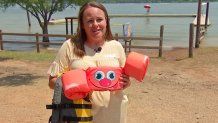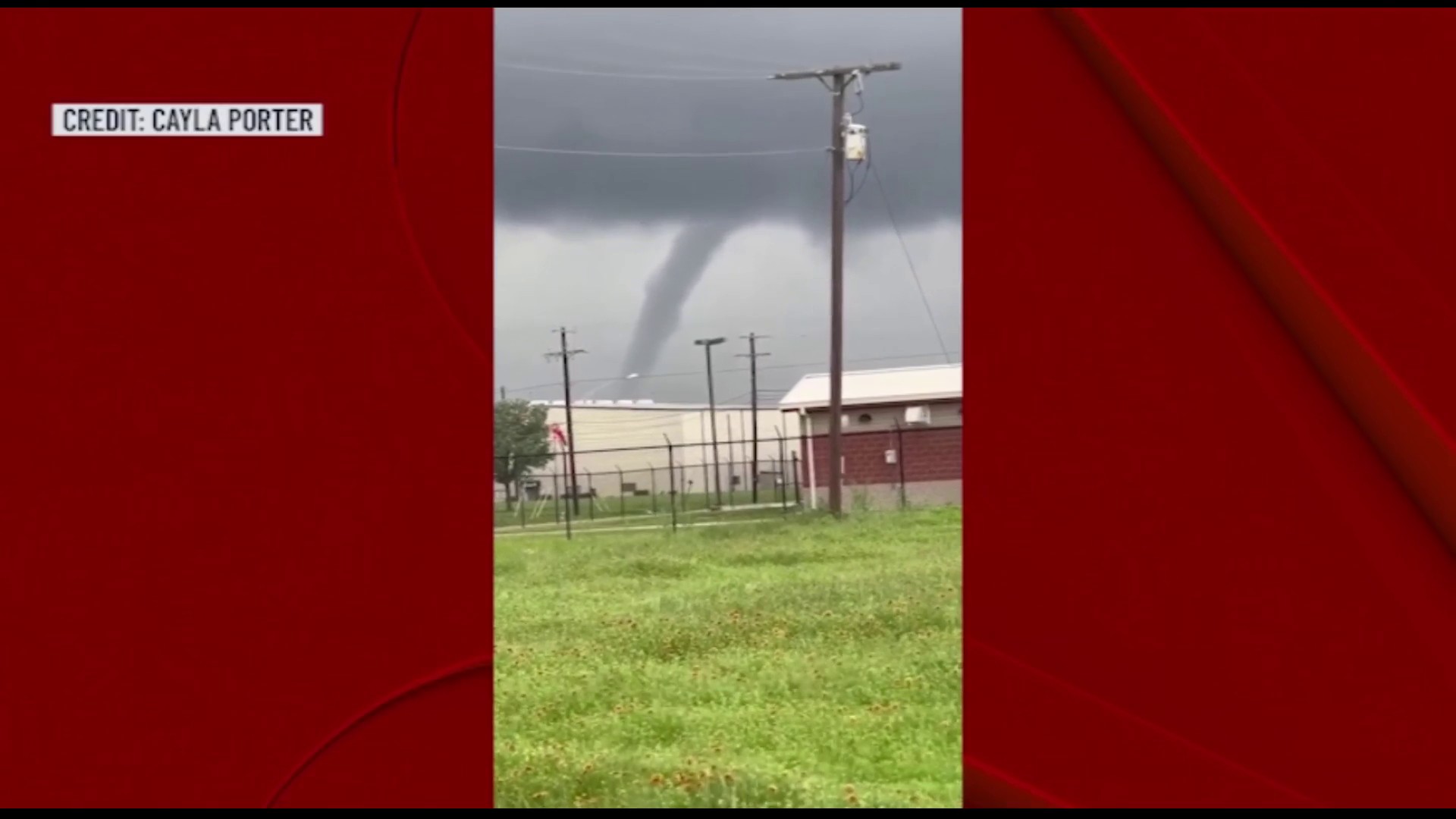We haven't even reached the busy Fourth of July weekend yet, and we're already seeing tragedy at local lakes.
In just the last few days, two people have drowned in different lakes. That adds up to at least five drowning deaths in just the past month in North Texas.
In many of the drownings, first responders reported something the victims had in common -- they weren't wearing a life jacket.
That's what makes "brown water" swimming so much more dangerous.
Get DFW local news, weather forecasts and entertainment stories to your inbox. Sign up for NBC DFW newsletters.
"If you get into trouble in brown water and you go under the water, no one's going to be able to help you because they can’t see you," said Jen Pewitt, Associate Vice President of Aquatics for the YMCA of Metropolitan Dallas. "So it’s really important that -- regardless of how well you swim or how well your kids swim -- that you put on a coast guard-approved life jacket."
Just below the surface of many lakes and rivers, the water can be so murky that you can't see anything. If you're in trouble, it's really hard for anyone to see you.
That's why the YMCA is really putting out an urgent alert this summer to wear life jackets at lakes, rivers, creeks and ponds.
"I’m a great swimmer. I’m a lifeguard and I’m a 42-year-old mom. If I’m on a boat or in brown water I wear a life jacket. Because I know that something can happen in an instant," said Pewitt.

Dive teams say a man who drowned at Joe Pool Lake last week was wearing a life vest when he went in the water but took it off while swimming.
Local
The latest news from around North Texas.
So even if a life vest feels uncomfortable - first responders say it could save your life.
“The water is really unknown. So you can be in an area where you can stand up and then suddenly you can’t," said Pewitt. “So often you hear of adults diving off of a boat and just never coming up. Then it’s a search and rescue situation. Even if you’re standing right there on that same boat or someone jumped in, the chances of you finding them if they never come up or just slim to none."
When it comes to drowning statistics this year, Cook Children's shared some new and alarming data.
So far this year, they've recorded 35 drowning incidents. Twenty-two are from the month of June alone, mostly in swimming pools. In May, two children died from swimming pool drownings.
The hospital said they have not had a summer with this many drownings since 2016. That year, they reported 24 drownings and three deaths. This month is not over yet and could surpass 2016.
The last record for June was set in 2015, which was the spark for the hospital's drowning prevention initiative, Lifeguard Your Child.
Children's Health's own Know Before You Go program has reported 54 drownings so far this year.
Pewitt said it can't be said enough -- nothing takes the place of close supervision, whether it's a backyard pool, community pool, or lake.
"If a child is drowning, you’re not going to hear them drowning. It’s completely silent. It’s fast, it’s quick. Water hides and suffocates and you’re never going to hear your child," she said. "As a parent, there’s this kind of instinct in you that says if my child needs me I’m going to hear them call for help. I’m going to hear them fall. But when you’re in an aquatic environment, you’re not going to hear them."
Each day this week, NBC 5 Today will be airing a special series of stories with the YMCA aimed at keeping you and your family safe around the water this summer
Previous story: YMCA Sets Goal of Eliminating Childhood Drowning



